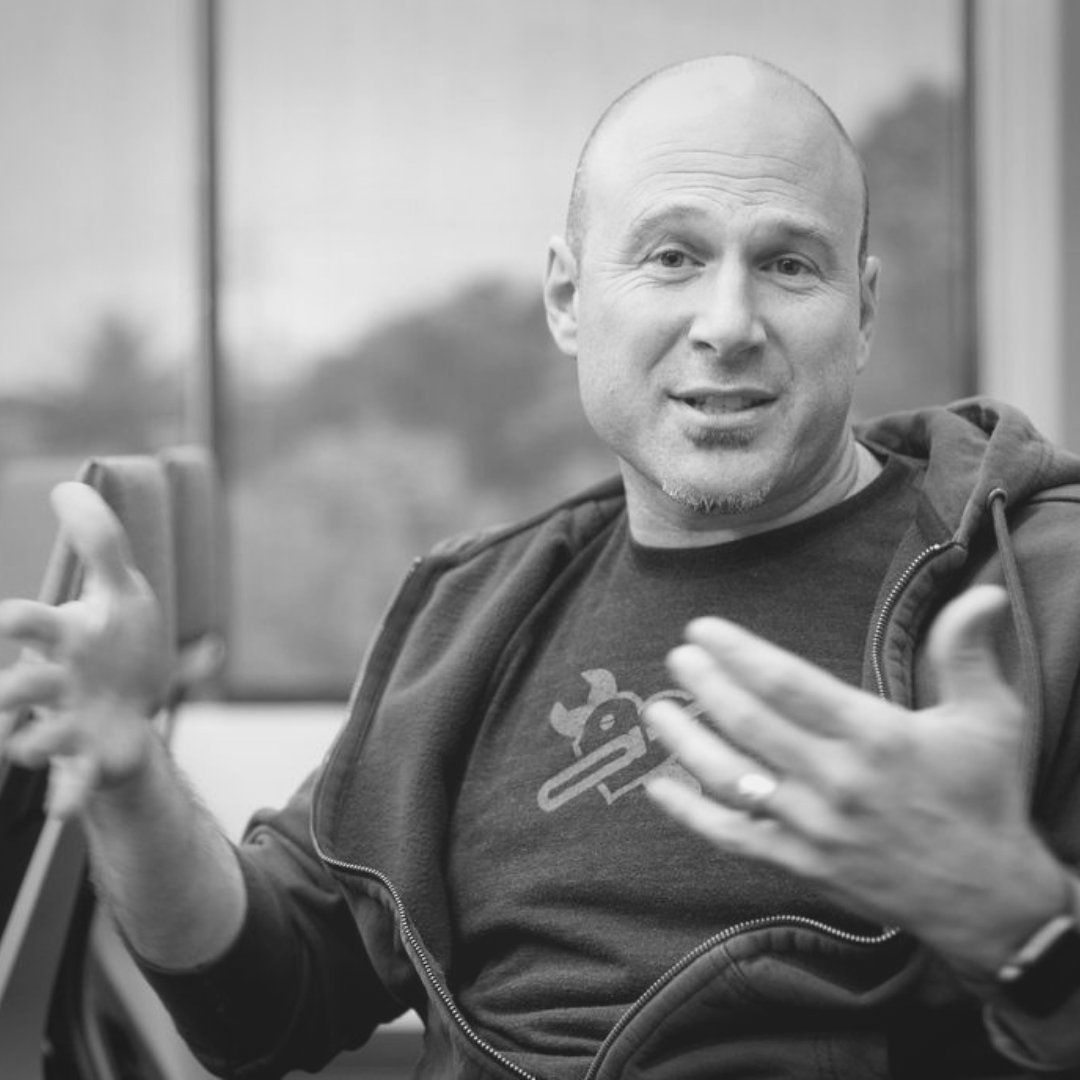


Mozilla’s Chief R&D Officer discusses open source philosophy and the future outlook for the internet and tech products.
Mozilla Chief R&D Officer shares his perspective on what makes a great product and what characteristics a great product manager has.